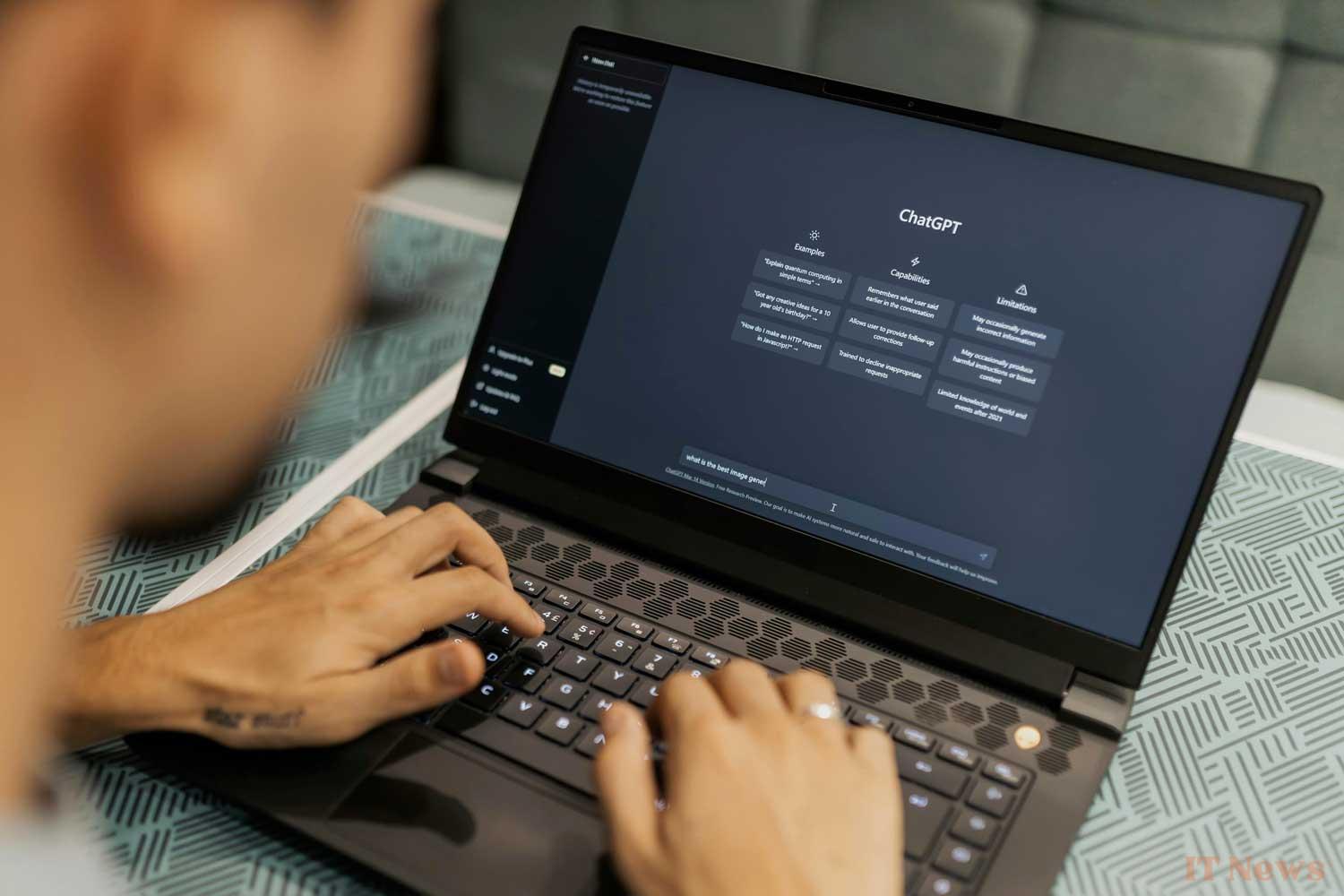In early May, OpenAI published a post finally clarifying the capabilities of its different versions of ChatGPT, which until now have sometimes been considered obscure, even for advanced users. Although it is intended for a professional audience, this guide is just as useful for ChatGPT Plus subscribers, who can access several of these models for $20 per month.
A model for every use
In total, five models are now highlighted: GPT-4o, GPT-4.5, o4-mini, o4-mini-high, and o3. OpenAI has never really been able to correctly name its different models, but know that each is designed to excel at very specific tasks.
The most versatile remains GPT-4o, nicknamed the "omni model." It is designed for common everyday tasks: writing emails, summarizing documents, and creating content. Its biggest advantage: it's multimodal, meaning it can handle text, images, audio, and even video. It also supports the latest tools like custom GPTs, image generation, data analysis, and advanced voice input.
But for projects where creativity is paramount, it's better to turn to GPT-4.5. OpenAI describes it as the model with the best "emotional intelligence" and a more intuitive ability to formulate original ideas or write with an appropriate tone. In short, it's a good choice for writing a client apology letter, a powerful LinkedIn post, or a marketing pitch.
On the technical reasoning side, OpenAI offers three models: o4-mini, o4-mini-high, and o3. o4-mini is the fastest and lightest. It excels at simple technical tasks: fixing a Python bug, summarizing a scientific article, or extracting data from a CSV file. This is the model to choose when speed is paramount.
o4-mini-high offers the same uses, but in a more in-depth version. It thinks longer to respond more precisely. It is recommended for complex equations, writing SQL queries, or popular scientific explanations.
Finally, o3 is the most powerful model for complex analyses. It excels at long, multi-step tasks, such as strategic planning, market forecasts, or heavy data file processing. Note that a sixth model, called o1 pro, is still mentioned, but it is reserved for certain long-format use cases and is no longer highlighted in traditional offerings.
With this clarification, OpenAI is attempting to align ChatGPT's offering with the very diverse expectations of its users, whether they are developers, communicators, researchers, or business leaders. Models have always existed, but until now they were poorly differentiated, which led to blind choices.



0 Comments